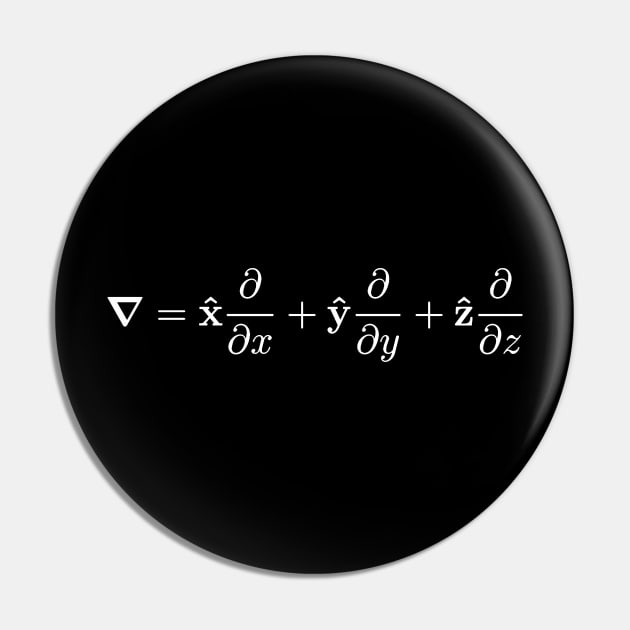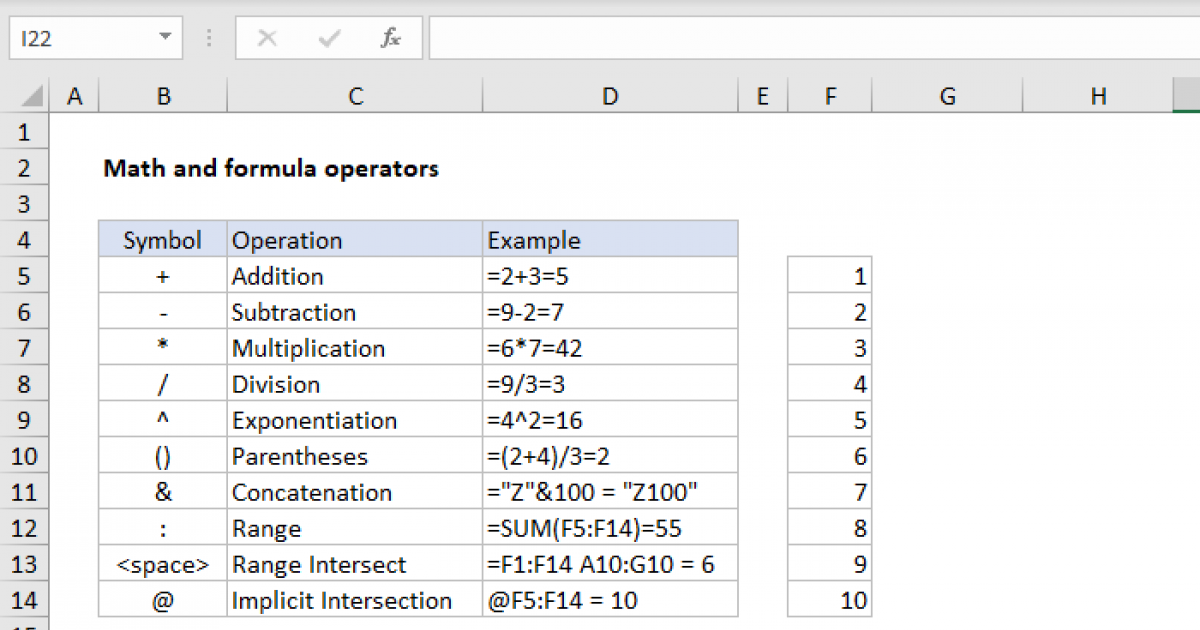Operator Definition Math
Operator Definition Math - A mapping of one set into another, each of which has a certain structure (defined by algebraic operations, a topology, or by an order. A symbol (such as , minus, times, etc) that shows an operation (i.e. It tells us what to do with the value(s). A term is either a single number or a. Operators take a function as an input and give a function as an output. As an example, consider $\omega$, an operator on the set of functions. The difference between an operator and a function is simply that we've decided to call the operator an operator and we've decided to. An operator is a symbol, like +, ×, etc, that shows an operation.
The difference between an operator and a function is simply that we've decided to call the operator an operator and we've decided to. Operators take a function as an input and give a function as an output. As an example, consider $\omega$, an operator on the set of functions. It tells us what to do with the value(s). A mapping of one set into another, each of which has a certain structure (defined by algebraic operations, a topology, or by an order. An operator is a symbol, like +, ×, etc, that shows an operation. A symbol (such as , minus, times, etc) that shows an operation (i.e. A term is either a single number or a.
A symbol (such as , minus, times, etc) that shows an operation (i.e. As an example, consider $\omega$, an operator on the set of functions. A mapping of one set into another, each of which has a certain structure (defined by algebraic operations, a topology, or by an order. The difference between an operator and a function is simply that we've decided to call the operator an operator and we've decided to. Operators take a function as an input and give a function as an output. A term is either a single number or a. It tells us what to do with the value(s). An operator is a symbol, like +, ×, etc, that shows an operation.
Nabla operator definition, differential calculus and math Math
An operator is a symbol, like +, ×, etc, that shows an operation. A mapping of one set into another, each of which has a certain structure (defined by algebraic operations, a topology, or by an order. As an example, consider $\omega$, an operator on the set of functions. It tells us what to do with the value(s). Operators take.
"Nabla Operator Definition Math And Calculus Basics" Poster for Sale
A term is either a single number or a. A mapping of one set into another, each of which has a certain structure (defined by algebraic operations, a topology, or by an order. The difference between an operator and a function is simply that we've decided to call the operator an operator and we've decided to. It tells us what.
"Nabla operator definition, math and physics basics" Sticker for Sale
It tells us what to do with the value(s). A symbol (such as , minus, times, etc) that shows an operation (i.e. As an example, consider $\omega$, an operator on the set of functions. A term is either a single number or a. An operator is a symbol, like +, ×, etc, that shows an operation.
Nabla operator definition, linear algebra and math Math Posters and
As an example, consider $\omega$, an operator on the set of functions. A term is either a single number or a. A symbol (such as , minus, times, etc) that shows an operation (i.e. An operator is a symbol, like +, ×, etc, that shows an operation. The difference between an operator and a function is simply that we've decided.
"Nabla operator definition, math and calculus basics dark version
Operators take a function as an input and give a function as an output. It tells us what to do with the value(s). As an example, consider $\omega$, an operator on the set of functions. The difference between an operator and a function is simply that we've decided to call the operator an operator and we've decided to. A symbol.
"Nabla Operator Definition Math And Calculus Basics" Poster for Sale
Operators take a function as an input and give a function as an output. The difference between an operator and a function is simply that we've decided to call the operator an operator and we've decided to. A mapping of one set into another, each of which has a certain structure (defined by algebraic operations, a topology, or by an.
Nabla operator definition, linear algebra and math Math Pin TeePublic
Operators take a function as an input and give a function as an output. A mapping of one set into another, each of which has a certain structure (defined by algebraic operations, a topology, or by an order. A symbol (such as , minus, times, etc) that shows an operation (i.e. The difference between an operator and a function is.
"Nabla Operator Definition Math And Calculus Basics" Sticker for Sale
It tells us what to do with the value(s). The difference between an operator and a function is simply that we've decided to call the operator an operator and we've decided to. A symbol (such as , minus, times, etc) that shows an operation (i.e. An operator is a symbol, like +, ×, etc, that shows an operation. A mapping.
"Nabla operator definition, math and calculus basics dark version" Art
A mapping of one set into another, each of which has a certain structure (defined by algebraic operations, a topology, or by an order. A symbol (such as , minus, times, etc) that shows an operation (i.e. As an example, consider $\omega$, an operator on the set of functions. The difference between an operator and a function is simply that.
Excel Math Operators Exceljet
The difference between an operator and a function is simply that we've decided to call the operator an operator and we've decided to. A term is either a single number or a. As an example, consider $\omega$, an operator on the set of functions. An operator is a symbol, like +, ×, etc, that shows an operation. Operators take a.
A Mapping Of One Set Into Another, Each Of Which Has A Certain Structure (Defined By Algebraic Operations, A Topology, Or By An Order.
It tells us what to do with the value(s). A term is either a single number or a. Operators take a function as an input and give a function as an output. A symbol (such as , minus, times, etc) that shows an operation (i.e.
An Operator Is A Symbol, Like +, ×, Etc, That Shows An Operation.
As an example, consider $\omega$, an operator on the set of functions. The difference between an operator and a function is simply that we've decided to call the operator an operator and we've decided to.








